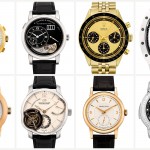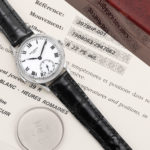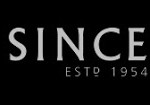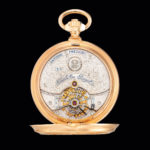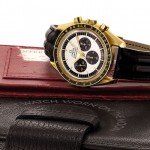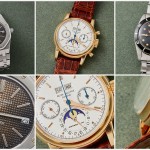Auction Watch: Enamelled Automaton Masterpieces at Sotheby’s Hong Kong
Incredible fine art with a bit of time-telling.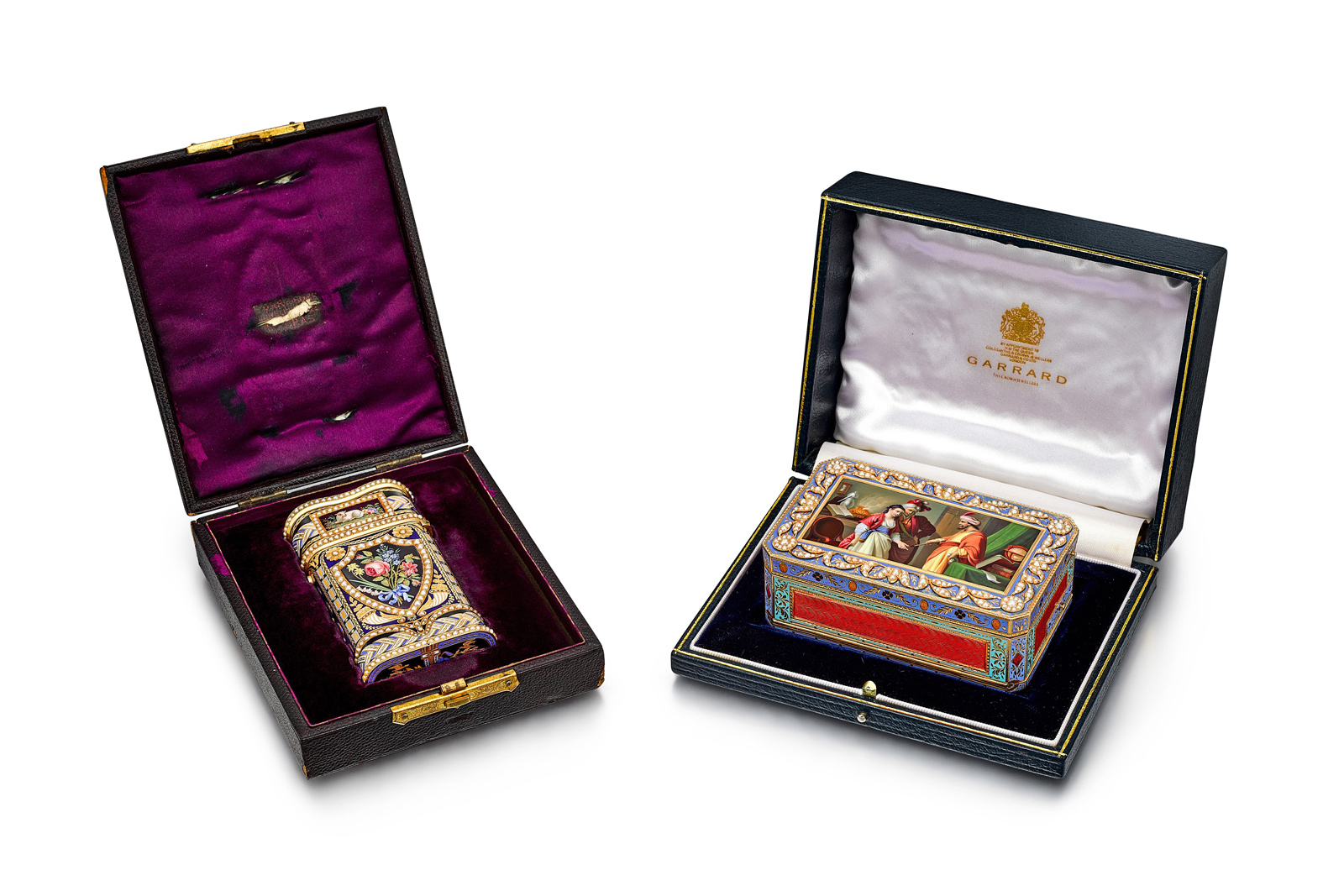
Sotheby’s upcoming Hong Kong Sale is primarily focused on wristwatches, encompassing several unique Patek Philippe chronographs commissioned by Eric Clapton and a dozen examples of early F.P. Journe. But two of the most valuables lots in the auction – and with estimates well into seven-figure US dollar sums – are a pair of museum-quality automata. Made for the Chinese market more than two centuries ago, this pair of objects are tremendously rare and exquisitely decorated in enamel and pearls.
Two generations ago, such automata as well as pocket watches were the most respected genre in watch collecting. They were sought after by eminent collectors like the former chairman of HSBC and the German billionaire who was once the fifth-richest man in the world, which is why the record-setting lots in watch auctions of that era were inevitably pocket watches or objects, like the million-dollar Cremsdorff.
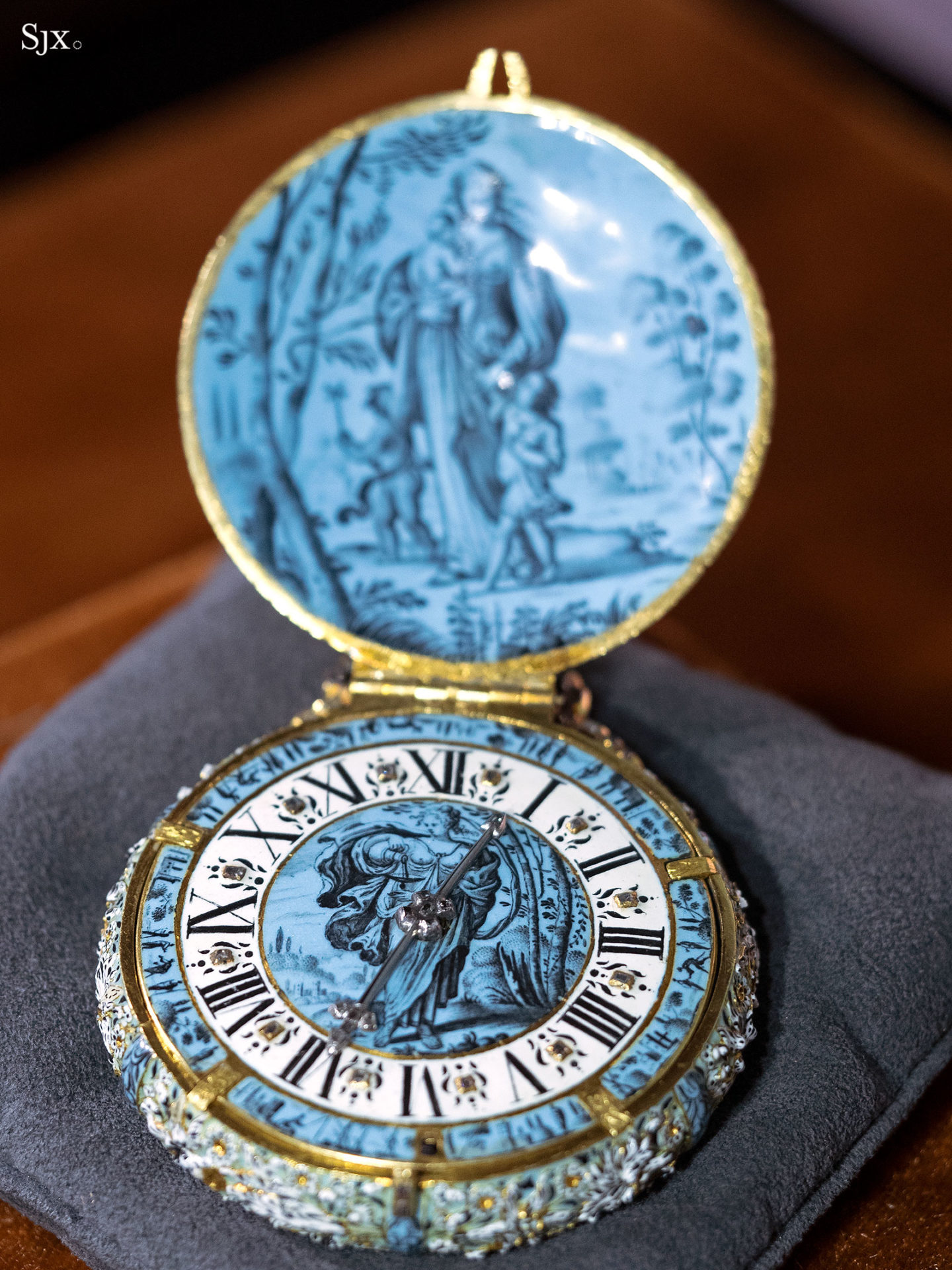
Almost 400-years old, this pocket watch made by Jehan Cremsdorff sold for £2.175m, or about US$2.734m, including fees, at Sotheby’s in 2019
With the rise of wristwatches as the preeminent collecting category, demand for automata and pocket watches have declined sharply. Now the most expensive timepiece ever sold is the Patek Philippe Grandmaster Chime ref. 6300A mega-complication that sold for over US$33 million in 2019.
But elaborately enamelled pocket watches are arguably the closest thing to fine art in horology, because of the intrinsic nature of the artisanal decoration as well as the historical importance. Although the circle of collectors who pursue such objects is small, it is certainly well heeled. The top lot in the upcoming sale is not ex-Clapton Patek Philippe or a ref. 2499, but instead it is an early-19th century snuff box that incorporates a question-and-answer automata. And the estimate? It starts at US$2.57 million.
Lot 2229: McCullough Magician Question-and-Answer Musical Automaton snuff box
Made in the early 1800s for the Chinese market, the flagship lot of the sale is an ornate snuff box with an automaton that ranks amongst the most important of such objects.
It stands out not only for its artisanal quality, but also its mechanical complexity – the automaton plays musics and “answers” questions. And above all, the box captures the remarkable work of 19th Geneva watchmakers and jewellers, making it a bona fide treasure.
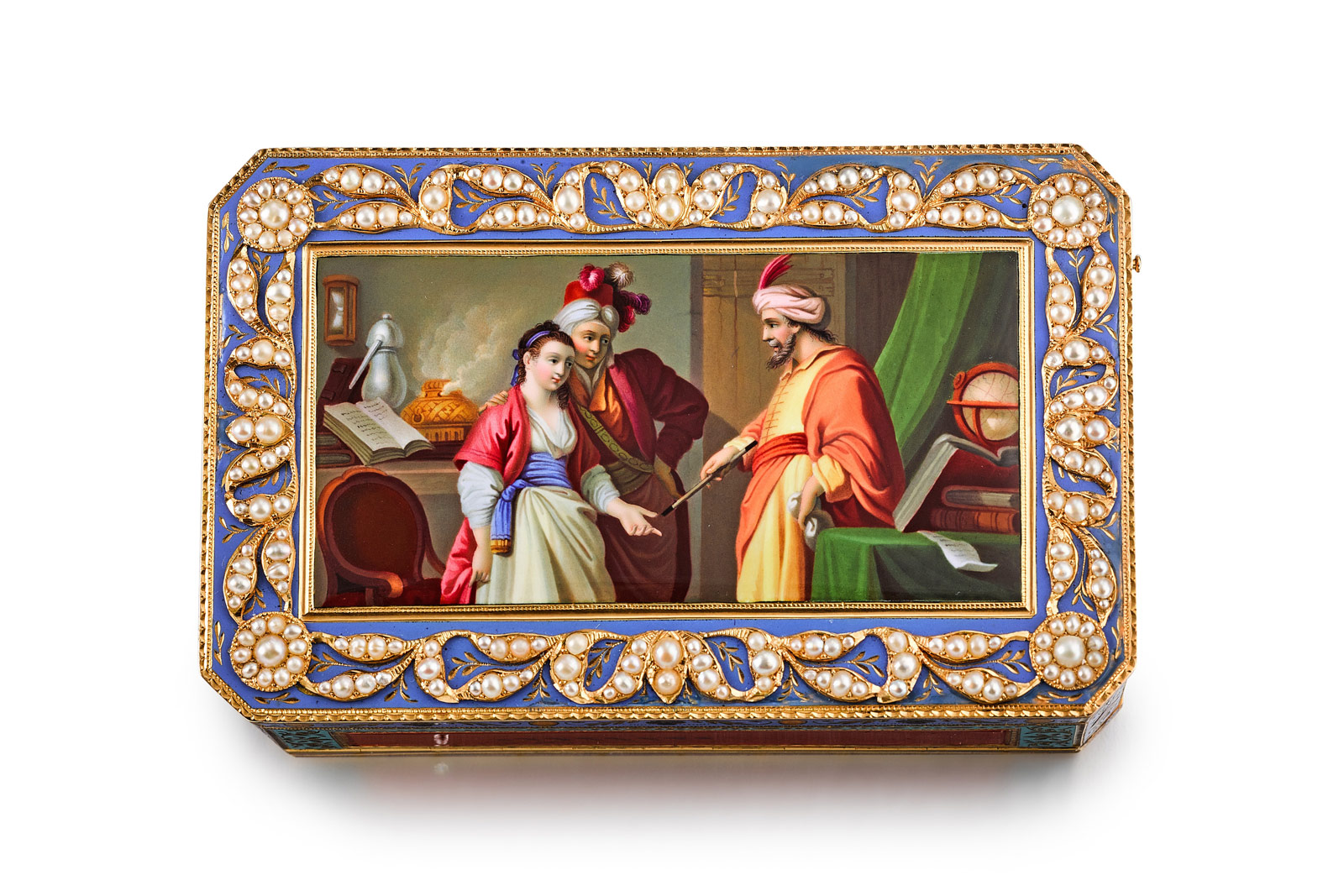
Around 90 mm long and 55 mm wide, the snuff box is large for such an object, allowing for a full miniature-enamel painting on the lid. Based on The Necromancer by Jean Baptiste Le Prince, one version of which hangs in London’s National Gallery, the miniature-enamel painting depicts a young man and woman consulting a magician.
While the composition of the miniature is identical to the original, its differs from the original painting in that the magician was transformed from a grey-haired, elderly necromancer to a younger man wearing a turban, perhaps reflecting the prevailing European fascination with the Orient at the time.
Typical of items made for the Qing China, the box is set with pearls framed in gold – the whole box is solid gold in fact – which sit on top of a brightly coloured, guilloche enamel surface.
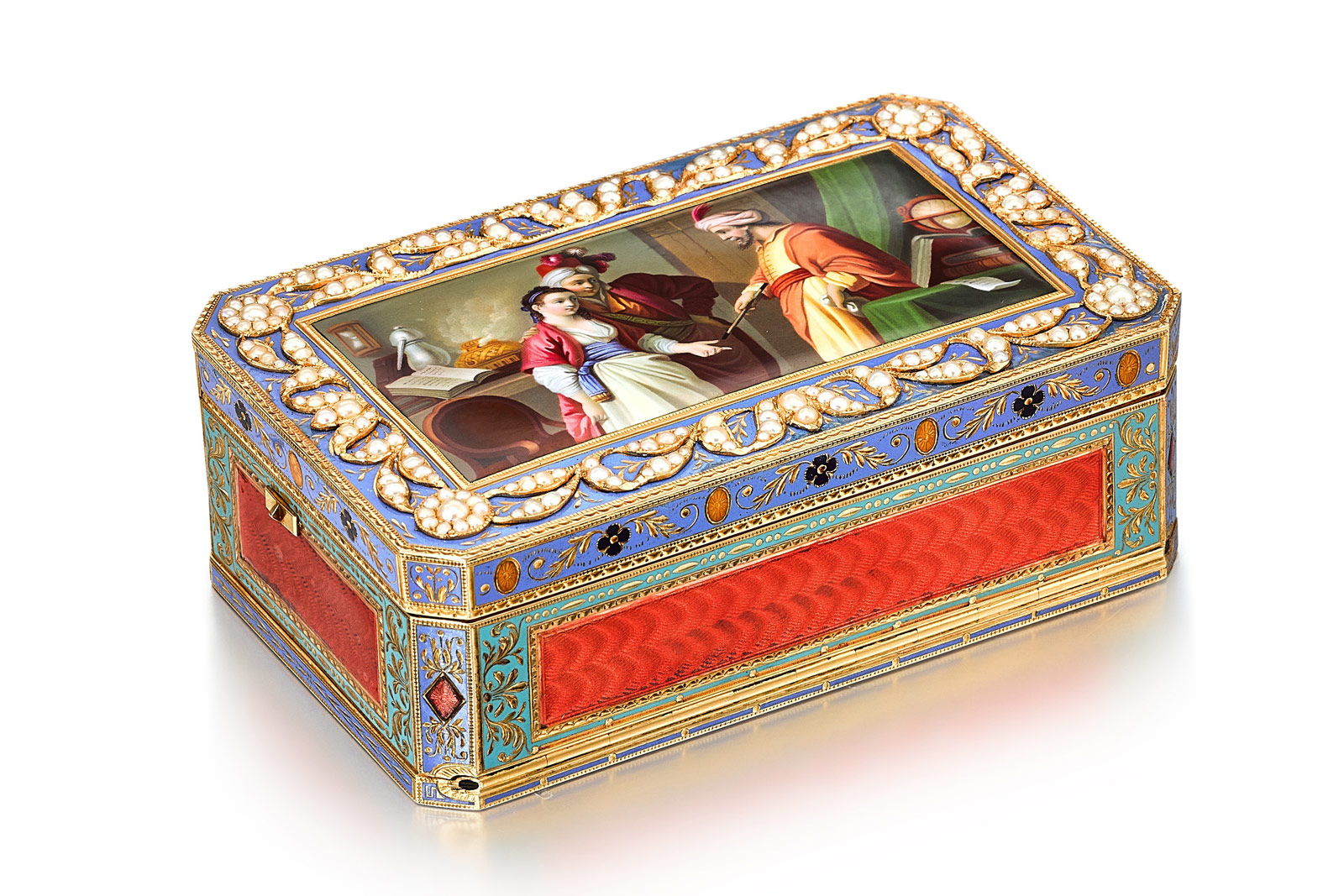
While the decoration is magnificent, the magician automaton within is even more impressive – able to answer a fixed set of questions with pre-programmed answers while simultaneously playing a musical tune. The snuff box must have been an extraordinarily intriguing and mysterious object in the 19th century – remember there wasn’t even electricity then – and arguably qualifies as an early computer of sorts.
That said, it is very early – it can only answer one question at a time, and up to six in total. Each of the questions is recorded on a tiny tablet, which are all stored in a tiny drawer located at the bottom right of the box.
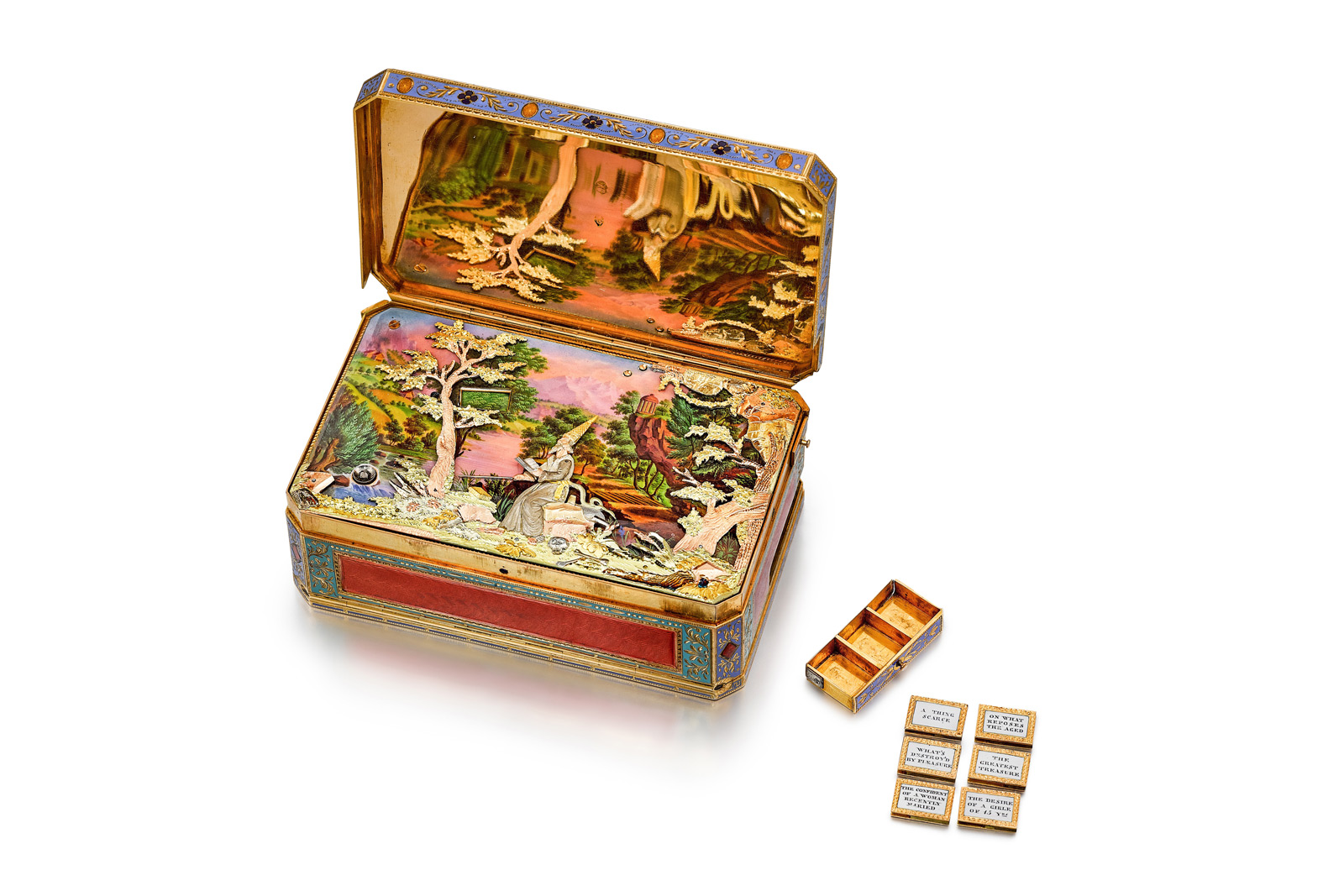
The six question tablets that can be stored in the side of the box
The question tablets are inserted one at a time into a slot on the top right of the box. Then the question-and-answer mechanism is activated via a slide, starting the musical tune. As in a minute repeater, the slide winds up a mainspring that powers the music box and automaton.
While the music plays, the magician waves his wand and consults his books. And as the tune reaches its end, the magician points his wand towards the board on top of the tree in front of him, on which the answer to the question pops into view.
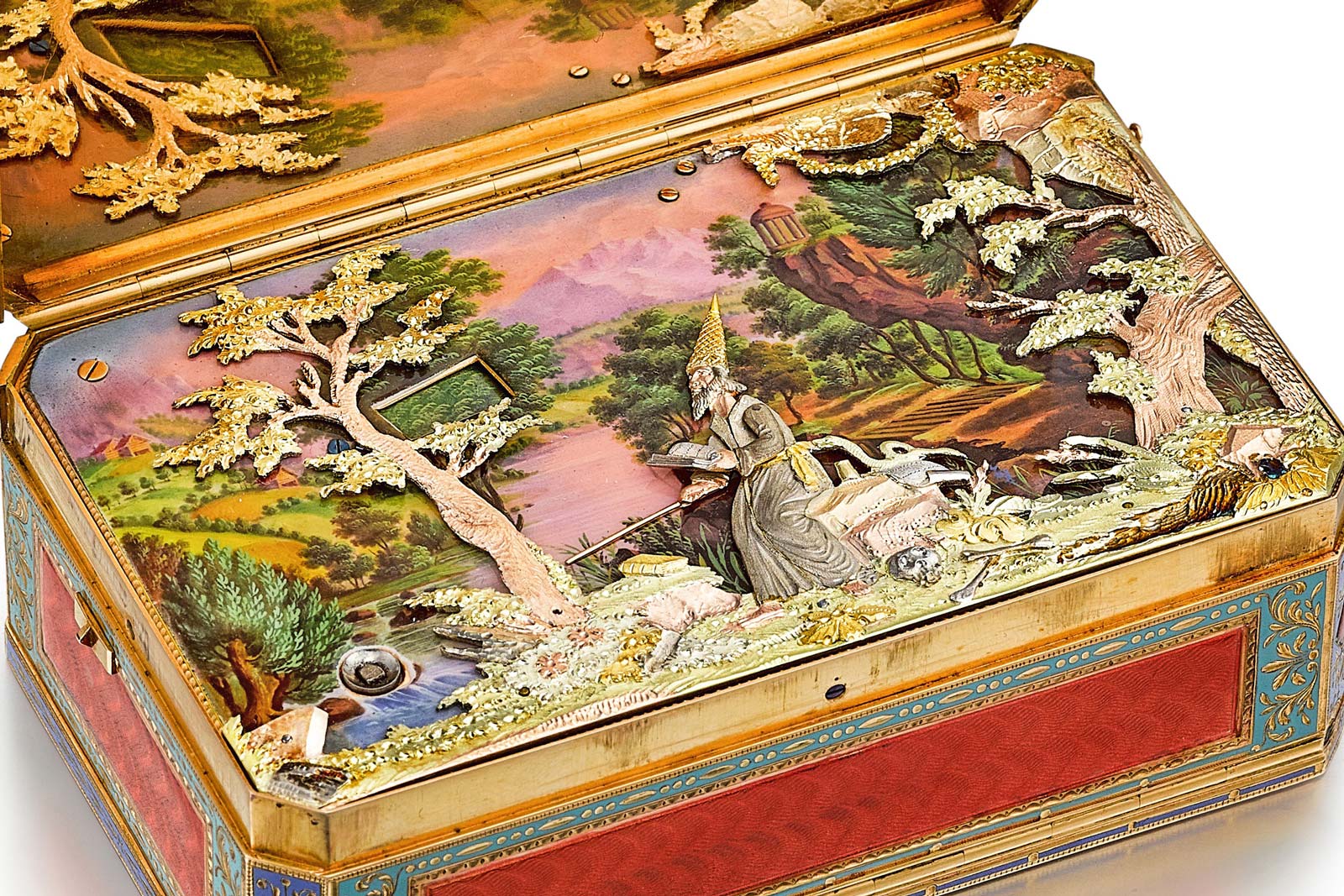
The tiny frame on the left tree will flip and show the answer to the riddle
Despite being some two centuries old, the six questions and answers contained in the box are relevant today. For instance, “A thing’s scarce” results in the answer “Wisdom”. And “What’s destroy’d by pleasure” matches with “Time”.
That said, the final riddle, “The confident of a woman recently married”, which results in “A husband” is certainly a line that would be ripe for cancellation today.
For a tiny music box, the light and cheerful tune is surprisingly complex, with simultaneous treble and bass notes. If you want to check out the tune and automaton in action, Sotheby’s posted a clip of the box in action on their Instagram account.
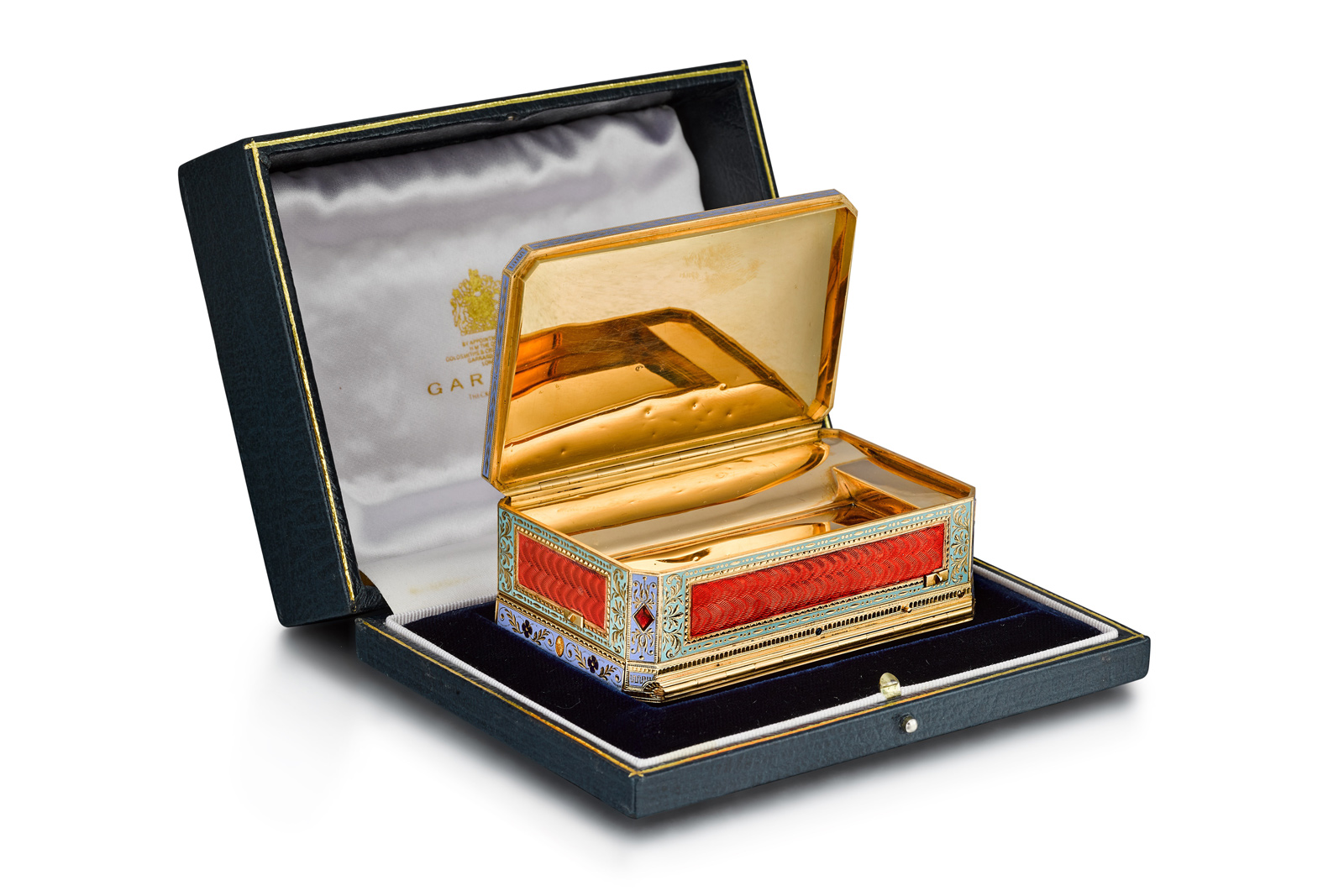
The box is also a functional snuff box – below the automaton is a tiny compartment
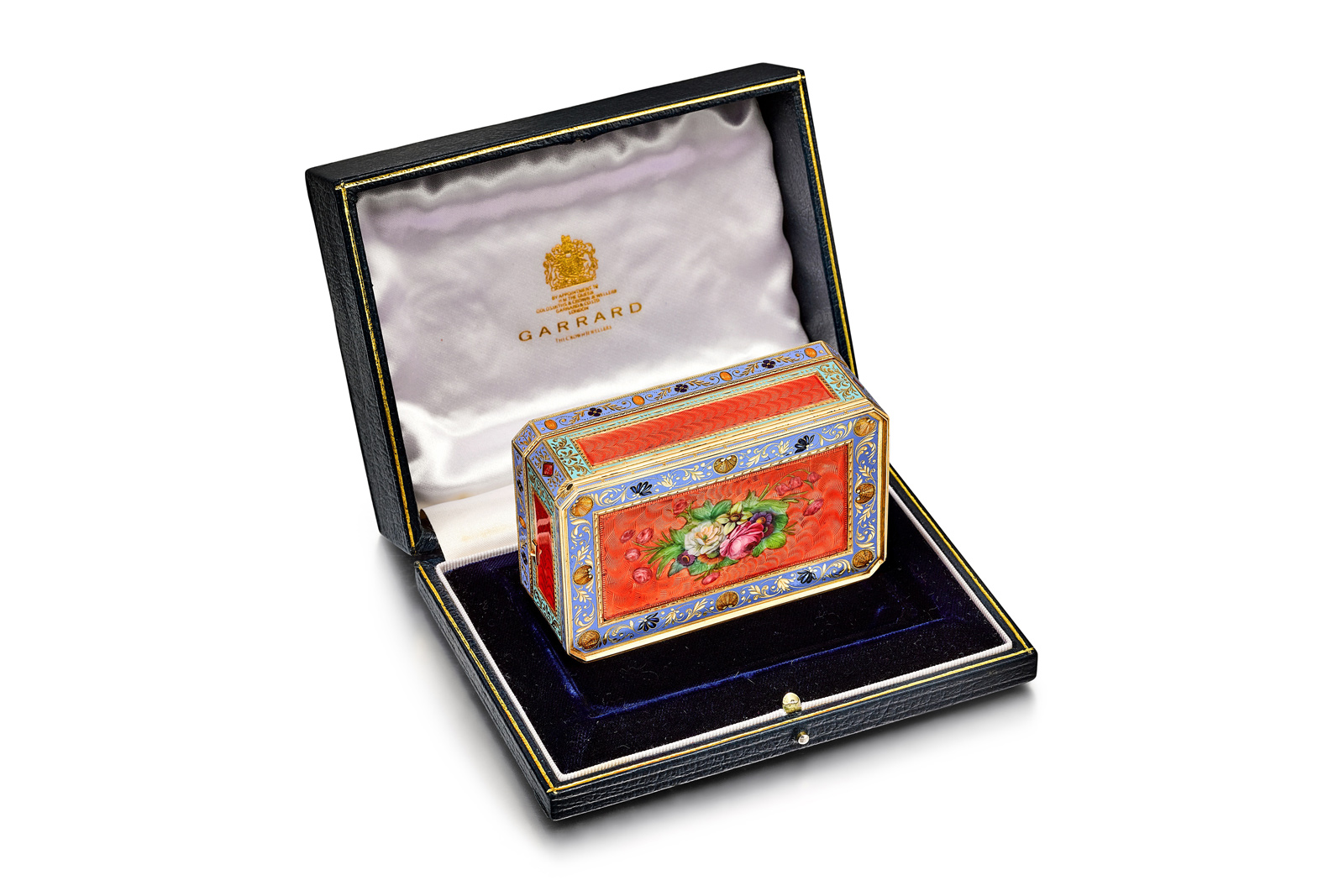
Even the base of the box is finely enamelled
Last sold at Sotheby’s London in 1964, this box has remained in a private collection for the last six decades, so its reappearance at auction is no doubt exciting. It is just one of the five magician box known, and the most complicated of them. It is arguably comparable to the finest singing bird-pistol automatons, a pair of which remain the most valuable automaton ever sold, having sold for almost US$6 million in 2011.
It has an estimate of HK$20-40 million, or around US$2.57-5.14 million. Full lot details here.
Lot 2230: Nécessaire with watch, music box, and automaton
While the snuff box is of grand dimensions, this object packs more mechanical functions into even smaller dimensions.
This is a nécessaire, or etui de voyage, a perfume or cosmetics case of the 19th century. But this is an ultra-elaborate example of a nécessaire, incorporating a small watch, music box, and simple automaton, as well as compartments for personal care instruments and perfume. In fact, this is one of the two largest nécessaires known, with the oversized example being part of the collection started by Rolex founder Hans Wilsdorf that’s now owned by the watchmaker.
Like the magician box above, this nécessaire is finely ornamented in the style of items made for the Chinese market in the 19th century. In fact, this is even more densely decorated than the snuff box, with several rows of beaded pearls and five miniature enamel paintings.
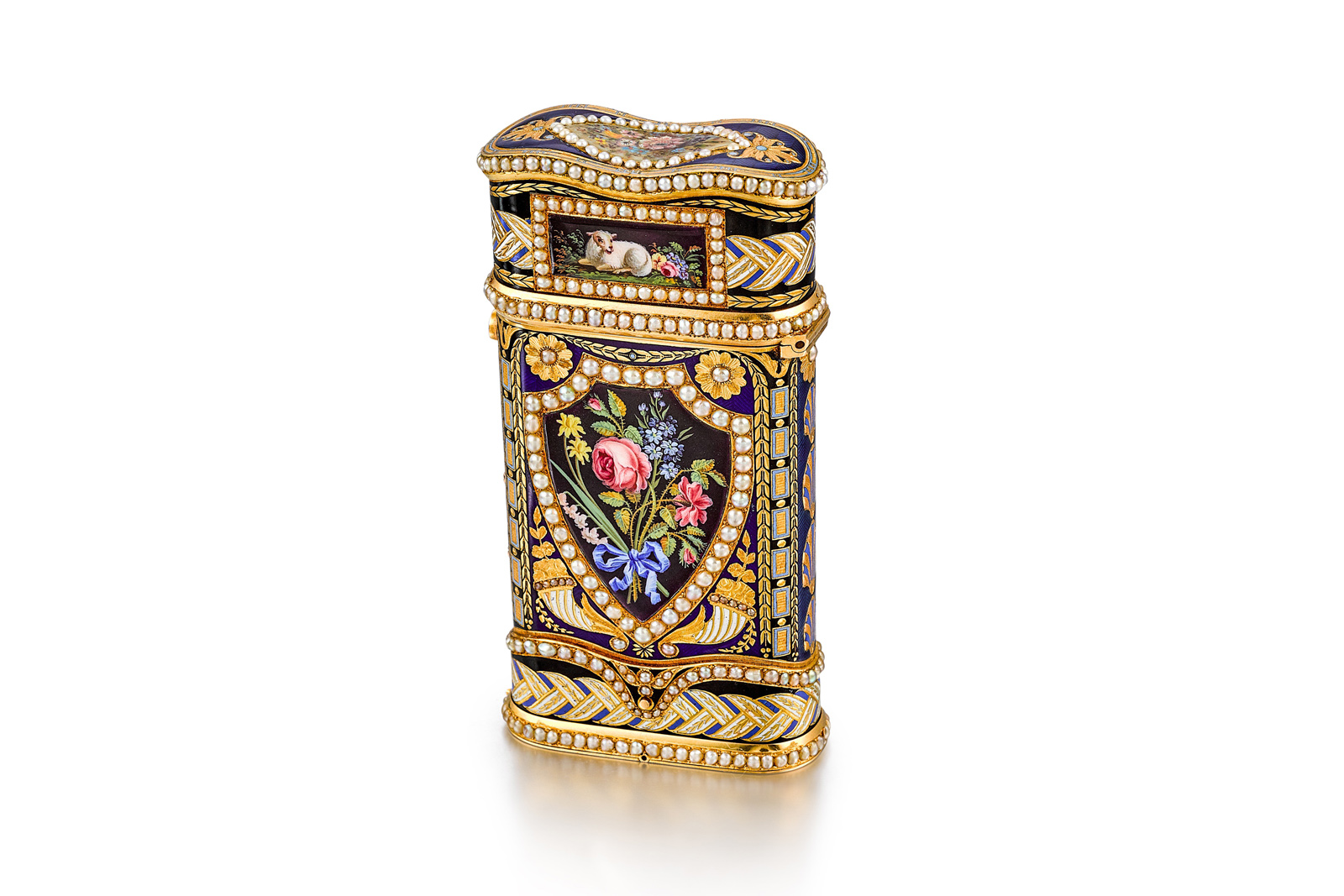
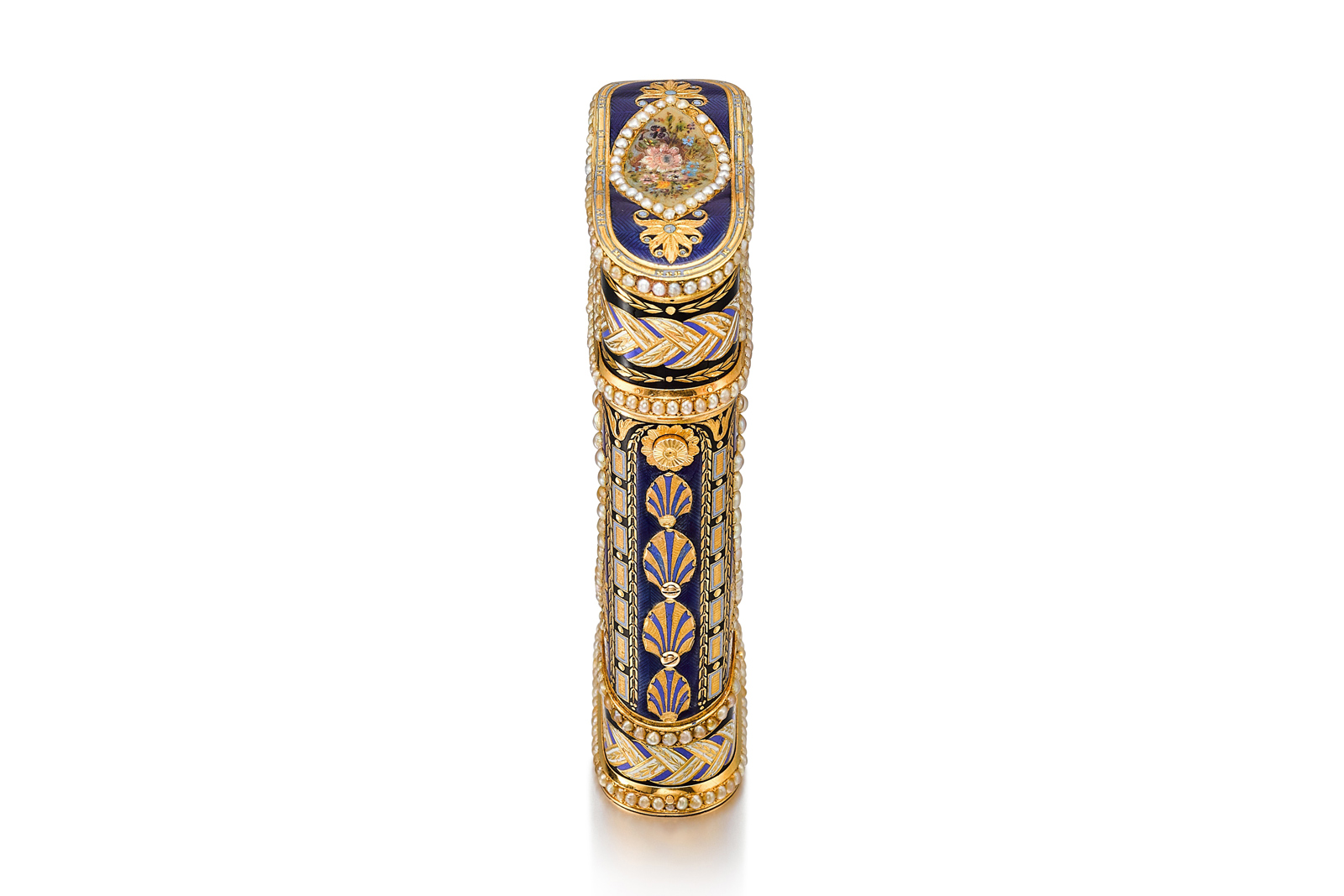
The nécessaire can be opened from both its top and bottom, with the top compartment carrying the matched set of personal care instruments, while the base contains the watch and automaton.
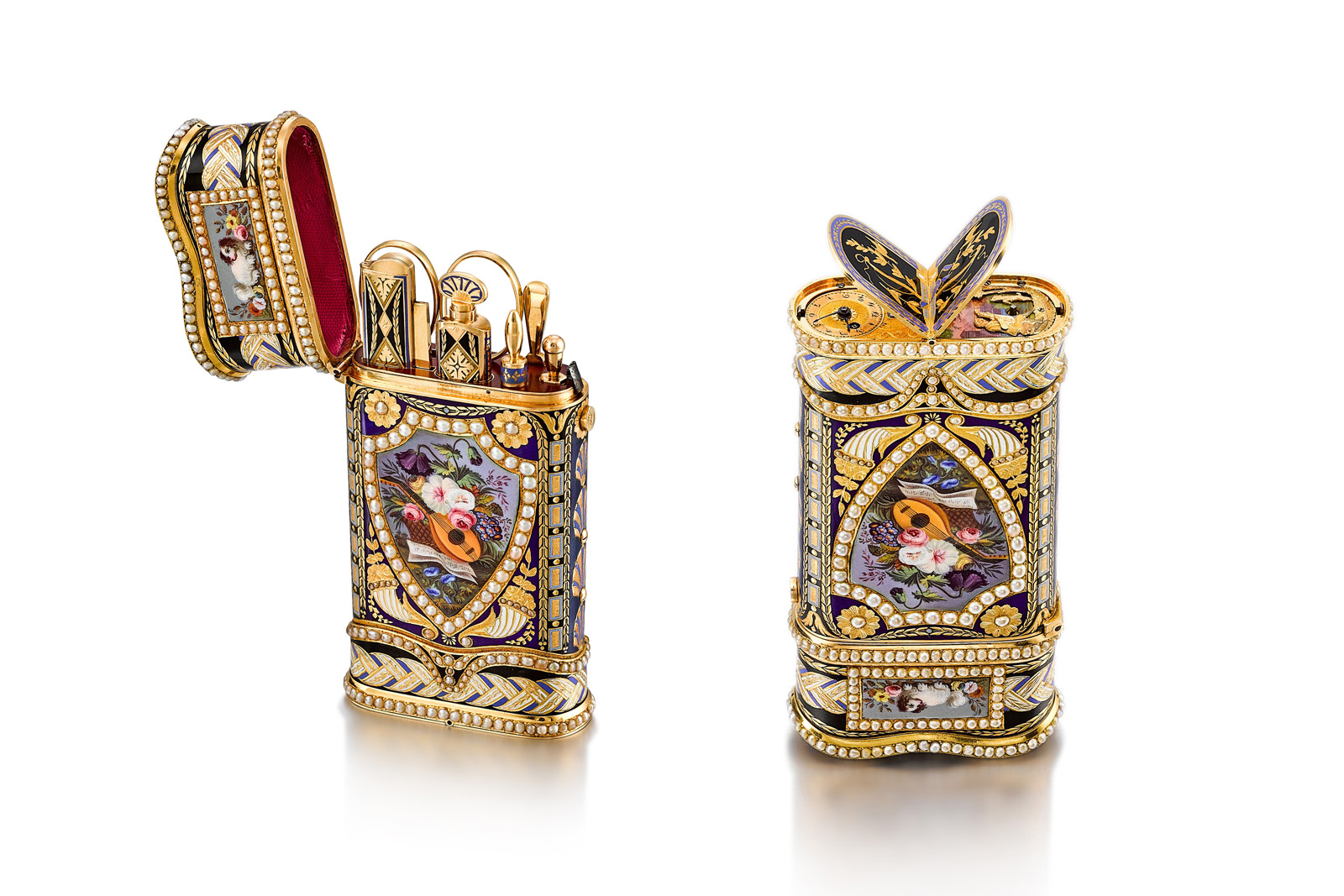
The top lid (left) and twin bottom lids
Including a scissors and cuticle stick, the six instruments within the nécessaire are original to it, and decorated in enamel to match the case.
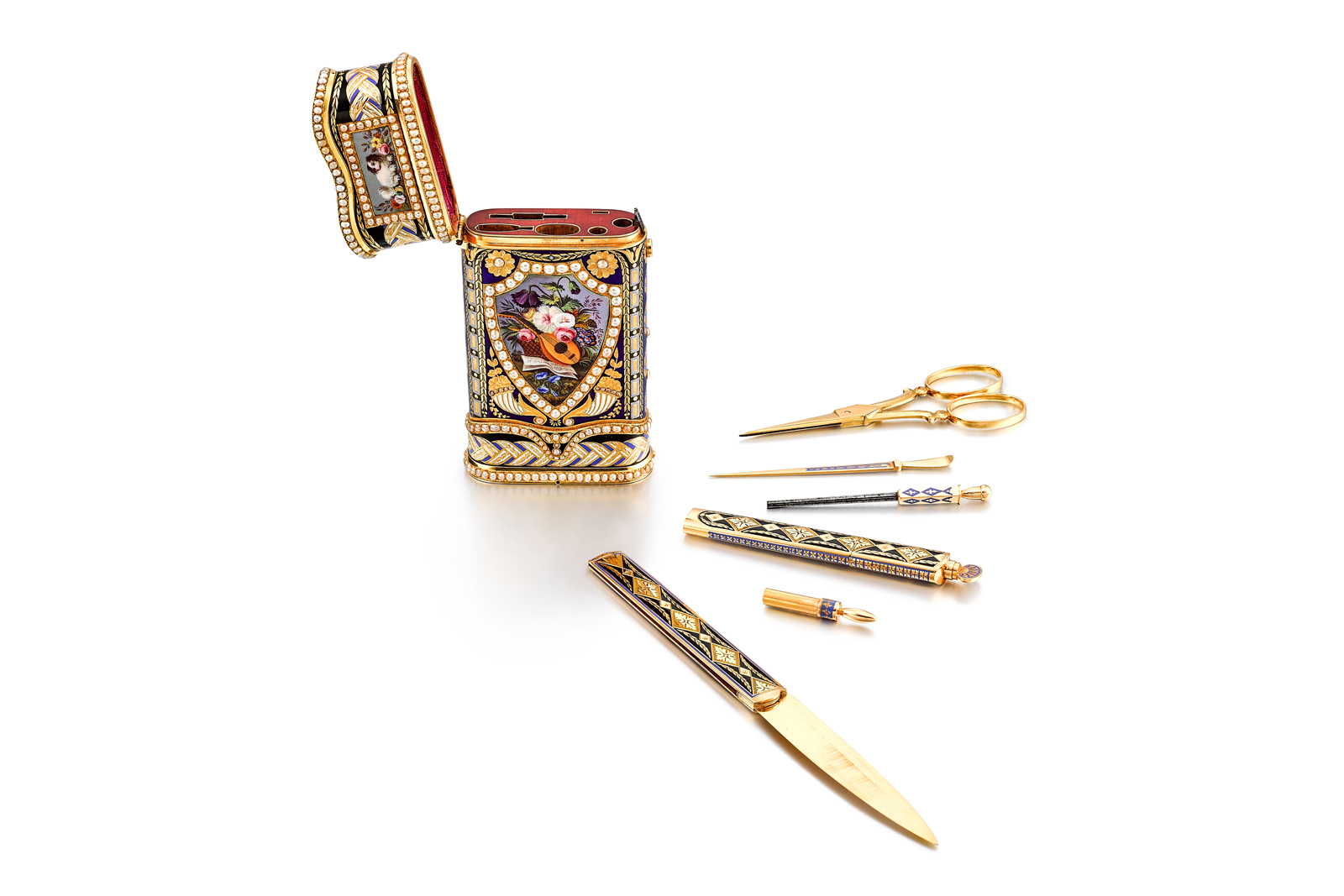
But the most intriguing aspect is within the base, which is sectored into two halves, each containing a mechanical device.
Lifting the hinged lid on one side reveals the automaton, which consists of a dog happily jumping while its owner plays a lute – see it in action here. On the other side is a tiny clock with classical, Breguet-style numerals on a brushed chapter ring, set against a fully engraved dial.
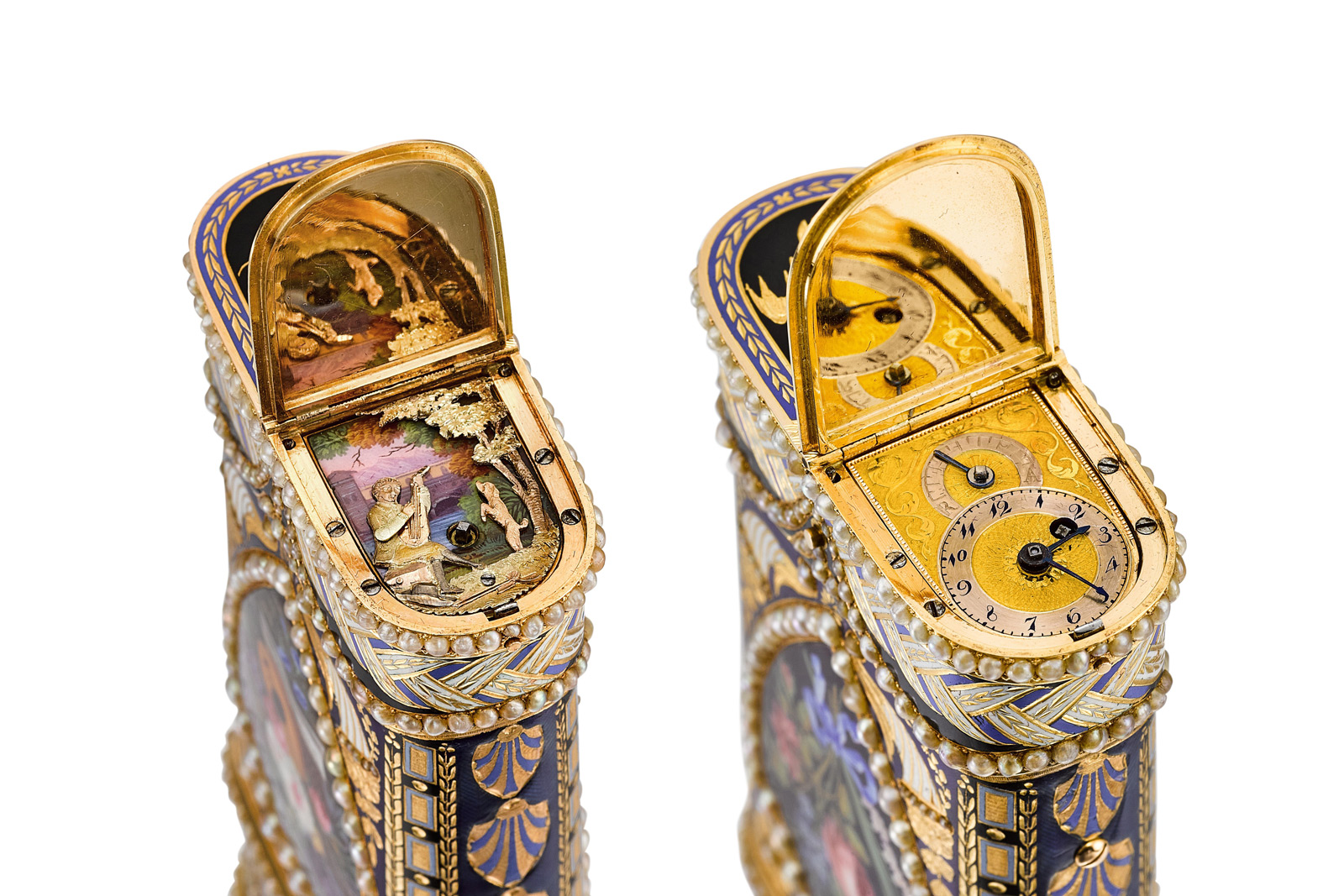
Above the time sits its regulator index, comprising a tiny hand surrounded by an engraved scale, which allows the owner to adjust the timekeeping of the movement
Notably, the clock is regulated by a cylinder escapement, an early form of escapement invented in 1695. It has the escape wheel impulsing the balance directly, unlike the Swiss lever escapement invented in 1755 that’s ubiquitous today.
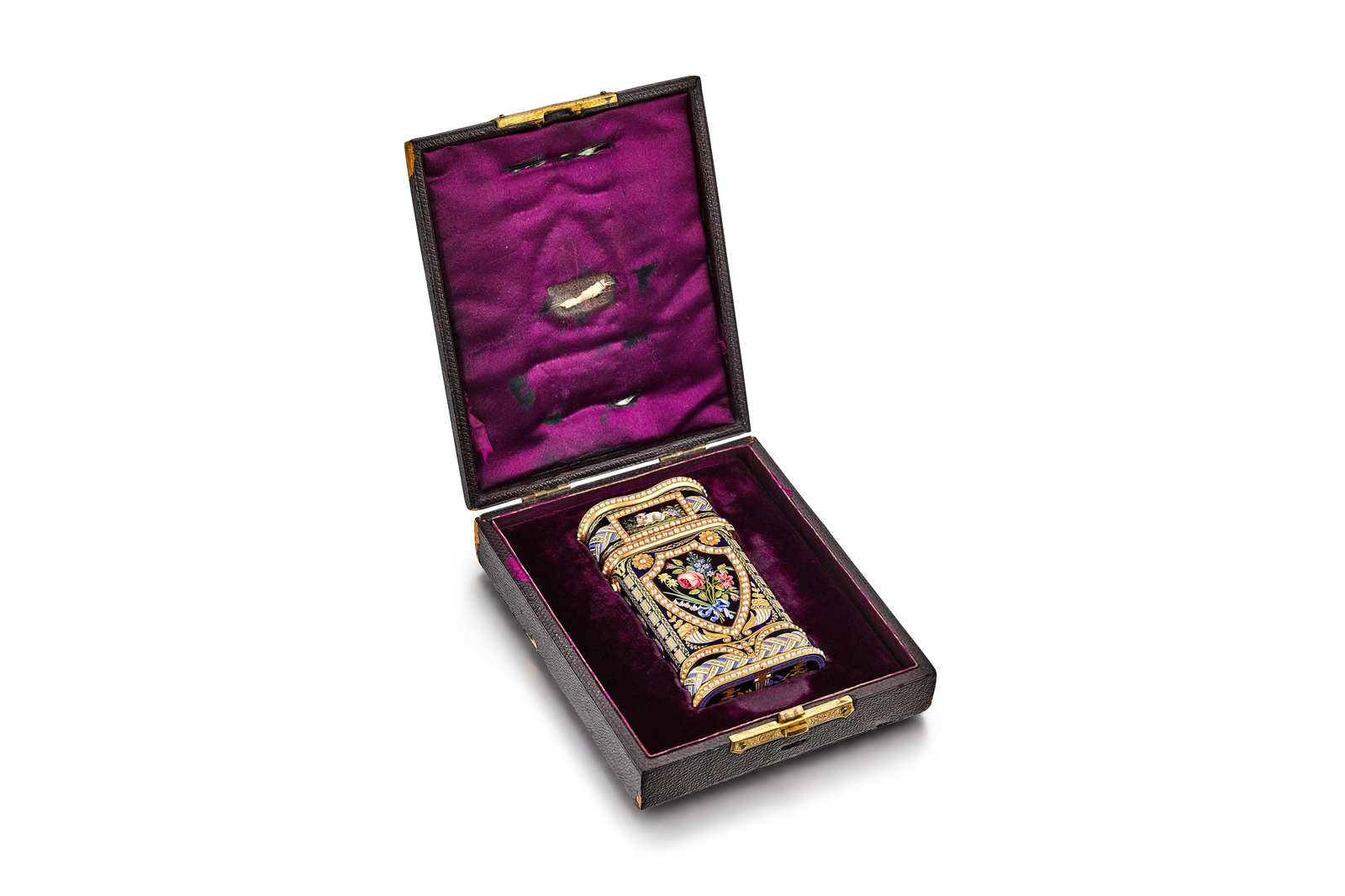
Interestingly, the current owner of the nécessaire acquired it from the Asprey Private Collection, the accumulation of watches and objects owned by the now defunct but once legendary London jeweller that most famously supplied watches to the Sultans of Brunei and Oman.
The nécessaire has an estimate of HK$6.5-9.5 million, or around US$835,000-1.22 million. Full lot details here.
Preview and Auction
The preview exhibition is open daily from October 7-12 at the New Wing of the Hong Kong Convention & Exhibition Centre (HKCEC).
The auction starts at 2:00 pm (GMT+8) on October 13, 2021 taking place at Sotheby’s offices in Pacific Place.
5/F, One Pacific Place
88 Queensway
Admiralty
Hong Kong
China
For the full catalogue, as well as registration and online bidding, visit Sothebys.com.
This was brought to you in collaboration with Sotheby’s.
Back to top.
